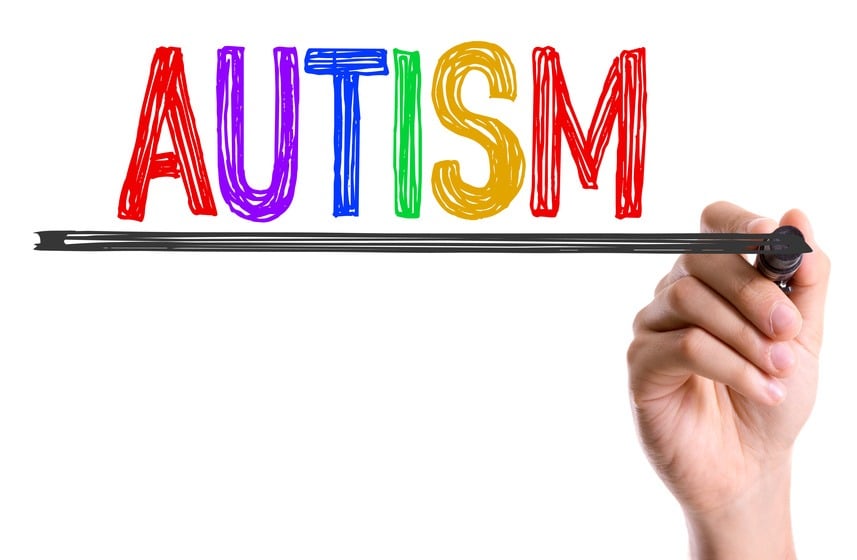For years, autism spectrum disorders remained a bit of a mystery to doctors and scientists. While there is still no known single cause of autism, nor is there any cure, autism research has drastically improved our understanding of this range of disorders. It is now known that genetics play a strong role in the development of autism, and also that early diagnosis and treatment can greatly improve outcomes in children with autism. Part of making an early diagnosis is knowing the common signs of autism.
Signs of Autism
Autism spectrum disorders affect the way people process information by altering the way nerve cells connect with their synapses. This can cause a wide range of symptoms, varying from slight social and communication issues to more severe disabilities. Signs of autism are typically visible by age three, according to the diagnostic criteria for autism. According to Autism Speaks, an organization that raises awareness of autism, some of the common characteristics of children with autism that could be a red flag include:
- By 6 months: not showing warm emotions, including smiling or happiness
- By 9 months: not repeating expressions or sounds
- By 12 months: not babbling or exchanging gestures
- By 16 months: not speaking
- By 24 months: not making meaningful phrases
Early Diagnosis
As with many disorders, early intervention is the key to improving outcomes. Studies have shown that an early diagnosis and treatment plan for children with autism can greatly improve their social and communication skills, as well as their ability to learn. Parents and other child care providers should be well aware of the signs of autism and reach out to their child’s pediatrician as soon as possible if they are concerned that their child might be at risk of autism. The sooner parents seek help for children with autism, the sooner they are able to benefit from treatments and resources, such as therapeutic sessions and special education programs.
